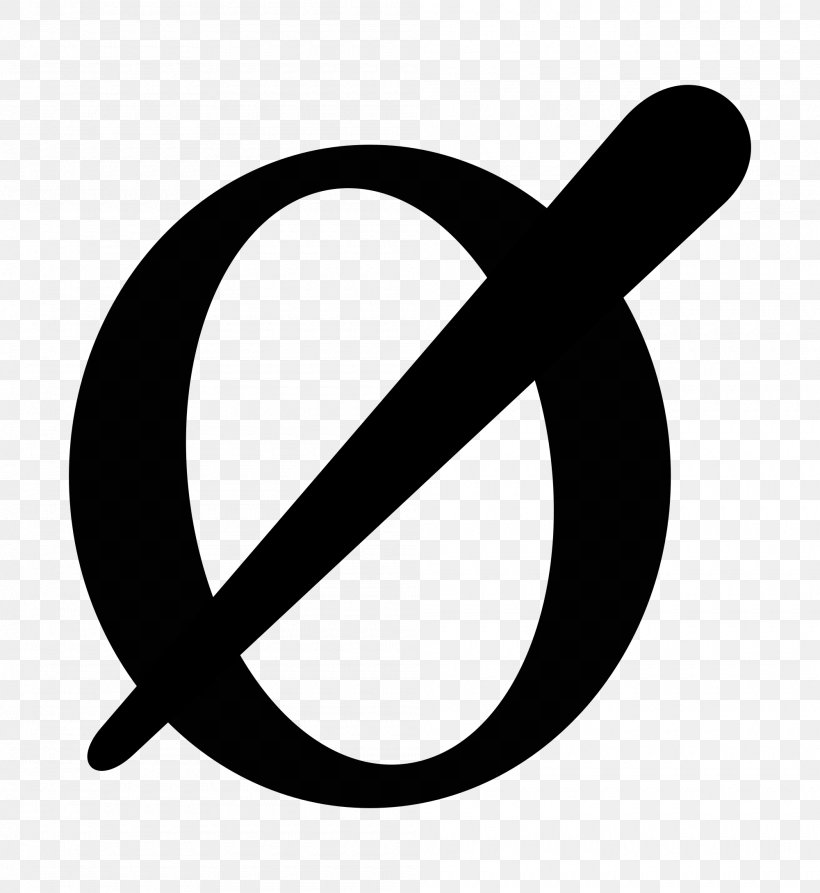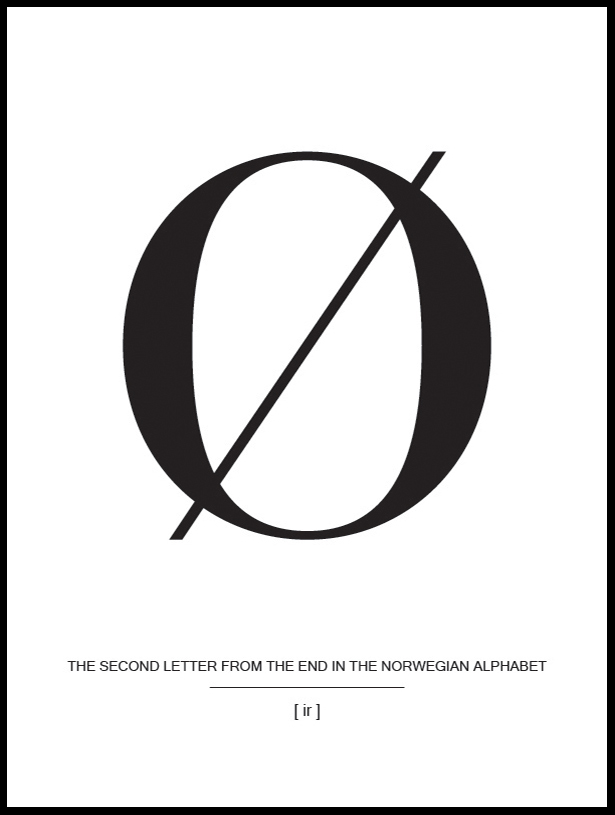Understanding Technical Symbols And Clear Communication On Digital Platforms
Have you ever looked at a drawing or a data sheet and felt a bit lost? Perhaps you saw a symbol, like that little circle with a slash through it, and wondered exactly what it meant. Maybe you even tried to talk about it online, on a platform like Twitter, only to find that conveying precise technical details can be a real puzzle. It's almost, you know, like trying to describe a complex machine part with just a few words and emojis.
Technical communication, especially when it involves precise measurements and symbols, needs to be super clear. Think about it: a small misunderstanding in a drawing could mean a part doesn't fit, or a project goes completely wrong. We often see these symbols in various places, from engineering blueprints to even casual online discussions. So, understanding them, and how to talk about them, is really important.
This article will take a closer look at some common technical symbols, particularly those found in mechanical drawings, and talk about why clear communication matters so much. We'll explore how these symbols, like the diameter mark, are used and sometimes misunderstood. It's about making sure everyone is on the same page, whether you're sending plans to a CNC service or just chatting about designs online.
- Dodgercore Today
- So Cal Edison Blackouts
- Amazon Prime Call Center
- Willowbrook Mall Appletore
- Mastiff Mix Dogs
Table of Contents
- The Language of Technical Drawings: More Than Just Lines
- Precision in Manufacturing and Design
- Communicating Technical Details Online
- Frequently Asked Questions About Technical Symbols
The Language of Technical Drawings: More Than Just Lines
Technical drawings are, in a way, a special language. They use lines, numbers, and symbols to tell a story about how something should be made or put together. Getting these details right is, well, everything. For example, when you see "4 x" on a drawing, it typically means that whatever follows applies to four spots that look alike. This helps keep drawings from getting too crowded, which is pretty handy.
Decoding the Diameter Symbol (Ø vs. ⌀)
One symbol that pops up a lot is the one for diameter. You might see "Ø 5" and that, you know, tells you a hole needs to be 5mm across. It’s the drill size. But there's a little twist with this symbol. There are actually two characters that look very similar: the letter 'ø' (a lowercase O with a slash) and the actual diameter symbol '⌀' (Unicode character U+2300).
Interestingly, in some fonts, they can look almost identical. This can be a bit confusing, especially when you're trying to be super precise. As one person put it on Twitter, "@type_outcast sure ø has a lowercase," but then clarified, "Ø — it's the symbol for diameter ∅ that doesn't have a lowercase." So, while it might seem like a small thing, knowing the difference can prevent mix-ups. This is the sort of detail that actually matters quite a bit, you know, for clarity.
Understanding Measurements and Annotations
Drawings often have other notes that are just as important. Take something like "ø12 x25l" for an oval hole. The "ø12" part is for the diameter, that much is clear. But what does "x25l" mean? Is that, like, the length of the oval? Or something else entirely? These kinds of annotations are key to getting the shape just right. Similarly, you might see "R1.25 typ" for a rounded corner, or "2xø1.0" for two holes, each 1.0mm in diameter. These notes are the instructions for the person making the part.
The Meaning of "Thru All"
Another common phrase in drawings is "thru all." This simply means that a feature, like a hole, goes all the way through the material. It's added to remove any doubt about the depth of the hole. This helps avoid extra steps or, you know, potential errors in manufacturing. It's a very straightforward instruction that makes a big difference.
Precision in Manufacturing and Design
When you're making something, especially with machines, precision is everything. Every measurement, every symbol, every note plays a part. A tiny mistake can lead to a lot of wasted time and materials. This is why mechanical engineering drawings are so detailed.
Stepper Motors and Pitch Diameters
Consider a stepper motor. These are very precise devices, often used in robotics or 3D printers. If you have a data sheet for one, it might list the pitch diameter of a pinion attached to it, perhaps as "ø6." This "pitch diameter" is a very specific measurement that ensures gears mesh correctly. If that number is off, the whole system might not work smoothly. It's a rather critical detail, really.
Tapped Holes and Edge Thickness
When you put a threaded hole (a tapped hole) near the edge of a metal piece, you need to think about how much metal should be around it. This is called the minimum edge thickness. It's not just about the strength of the metal, though that's obviously a critical factor. You also need to consider how the tapping process itself might affect the material. There are, you know, standards and guidelines for this to make sure the hole doesn't break out or weaken the part.
Tolerances and Fitting Details
Making sure parts fit together perfectly often involves something called "tolerances." This specifies how much a measurement can vary and still be acceptable. Sometimes, a drawing might specify using the "minimum circumscribed" or "maximum inscribed" circle to tolerance a diameter. This is a bit complex, but it's about making sure that even with slight variations, the parts will still fit or function as intended. It's pretty important for assemblies.
Communicating Technical Details Online
In today's world, we often share information online, even complex technical stuff. If you're new to mechanical engineering and working on a project you want to send to a CNC service, you'll find many services online. But how do you make sure they understand your drawing perfectly? This is where clear communication, using the right symbols and descriptions, becomes even more important.
Twitter and Symbol Clarity
Platforms like Twitter are great for quick chats, but they can be a bit tricky for detailed technical discussions. When you're trying to explain the difference between 'ø' and '⌀', or what "x25l" means, character limitations and the lack of proper formatting can make it tough. You might find yourself typing out long descriptions just to make sure your point is understood. This is why, you know, relying on universally recognized symbols and clear explanations is always a good idea, even in informal settings. It really helps avoid misunderstandings, which is basically what you want.
Frequently Asked Questions About Technical Symbols
Q: What's the main difference between 'ø' and '⌀' in technical drawings?
A: The symbol '⌀' (Unicode U+2300) is the actual diameter symbol used in technical drawings, while 'ø' is a lowercase letter found in some alphabets. While they look similar, especially in certain fonts, '⌀' is the correct and precise symbol for indicating a diameter measurement. It's a subtle but important distinction, you know, for clarity.
Q: Why is "thru all" added to some hole specifications?
A: "Thru all" is added to a hole specification to make it very clear that the hole passes completely through the material or part. This removes any ambiguity about the depth of the hole, ensuring that the manufacturer drills it all the way through without needing to guess or ask for clarification. It simplifies the instruction, which is pretty helpful.
Q: How do engineers ensure parts fit together when there are small variations?
A: Engineers use something called "tolerances." Tolerances define the acceptable range of variation for a dimension. For example, a hole might be specified as "ø10 ± 0.1mm," meaning it can be anywhere from 9.9mm to 10.1mm. This allows for slight manufacturing imperfections while still ensuring that the part will function correctly or fit with other components. It's all about managing those tiny differences, you know, very carefully.
To learn more about precision in engineering drawings on our site, and for more details about technical communication standards. You can also find more information about Unicode symbols on the Unicode Consortium website.
- Donald Trump Children Names
- Who Played Lurch On Addams Family
- The Tides Monterey Ca
- Elements Tableong
- Lolwarm Item Guide

Diameter Symbol (ø, Ø) - Copy and Paste Text Symbols - Symbolsdb.com

Diameter Ø Symbol Mathematical Notation Circle, PNG, 2000x2179px

Kjøp Letter Ø Norway Plakat her – BGA